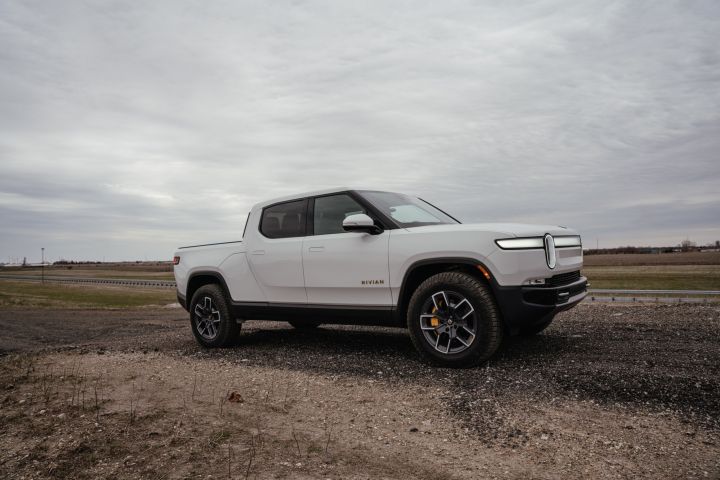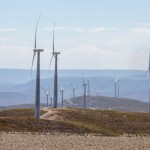World
Electric cars are getting too big and bulky, safety regulator warns

US National Transportation Safety Board chairwoman Jennifer Homendy is raising concerns about the heft and girth of electric vehicles that carmakers are pumping out to meet growing demand and emissions regulations.
“I’m concerned about the increased risk of severe injury and death for all road users from heavier curb weights and increasing size, power, and performance of vehicles on our roads, including electric vehicles,” Homendy said in remarks delivered on Wednesday in Washington.
Electric vehicle batteries are heavy and expensive, and carmakers can charge more for larger cars. Homendy called out General Motors’s GMC Hummer EV as a particularly egregious example of the trend toward bigger, heavier vehicles, noting it tips the scales at more than 9,000 pounds (4 tonnes).
“The battery pack alone weighs over 2,900 pounds [1.315 tonnes] — about the weight of a Honda Civic,” she said. “That has a significant impact on safety for all road users.”
The transport safety regulator also mentioned Ford’s F150 Lightning pickup is as much as 3,000 pounds heavier than a non-electric version of the same truck and said Ford’s Mustang Mach-E and Volvo’s XC40 EV weigh about 33% more than fossil fuel-powered equivalents.
The comments come as the Biden administration tries to persuade more drivers to convert to electric vehicles, rolling out tax credits from the $550-billion Inflation Reduction Act signed into law last year.
“The EV future is at our doorstep,” US Transportation Secretary Pete Buttigieg tweeted on 2 January. “@USDOT and @ENERGY are working to make sure America is ready.”
Homendy commended government efforts to reduce carbon emissions, but cautioned that could have some unintended consequences, such as higher numbers of road fatalities.
“Safety, especially when it comes to new transportation policies and new technologies, cannot be overlooked,” she said. BM/DM
















The answer is simple – start a worldwide infrastructure of fuel stations that provide hydrogen and start a massive industry with fuel cell cars. They are also electrical, but without the need of all that weight, because hydrogen is extremely light. The fuel stations can generate the hydrogen through electrolysis at their own premises; they don’t even need to tap the electricity needed from the national grid, because the stand of the fuel station should be big enough to convert enough sun energy into hydrogen gas if it is put completely under sun panels. Now I know that an industry of “blue hydrogen”, which seems to provide hydrogen in the form of NH3 pellets are busy growing for heavy hauling vehicles like ships and long-distance trucks; how easy or difficult it is to convert the hydrogen into the pellets I don’t know, but these fuel stations can then receive the pellets through normal trucks instead of the fuel tankers that is used to supply them with fuel at the moment. And with hydrogen cars and trucks, the main problem with electrical cars, namely range of travel between fill-ups, are solved because the hydrogen is so light. Some work just has to be done to the design of the hydrogen tanks (if it is still provided in gas form) to make it more suitable to the current configuration of motor cars, but I don’t see that as a big problem.